The advent of Non-Fungible Tokens (NFTs) has ushered in a transformative phase in the digital economy, redefining concepts of ownership, art, and community interaction. Initially celebrated for their role in the digital art space, NFTs have evolved into various applications beyond mere collectibles. Among these, Utility NFTs have emerged as a groundbreaking innovation, providing holders with tangible benefits and functionalities that enhance user engagement and foster community involvement. This article will explore the definition of utility NFTs, how they operate, their various applications, and specific projects that exemplify their potential, offering a comprehensive understanding of this evolving digital asset category.
What is a Utility NFT?
Utility NFTs are distinct from traditional NFTs in offering specific functionalities or benefits beyond simple ownership. While a typical NFT might represent a piece of digital art or a collectible item, utility NFTs are designed to confer access, rights, or privileges within a particular ecosystem. This can include membership in exclusive clubs, access to special events, and rights to participate in decision-making processes to benefits in gaming environments or even real-world perks.
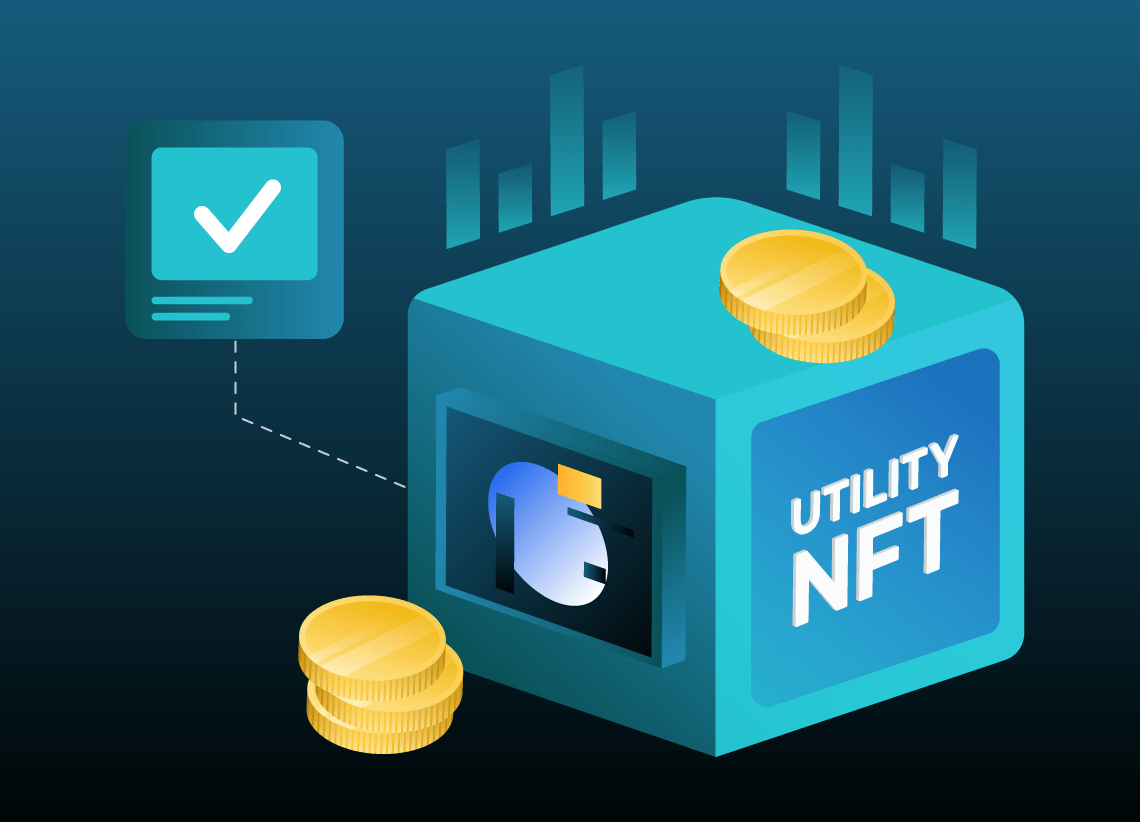
The underlying principle of utility NFTs is to create value for the holder, transforming the concept of ownership into something that provides ongoing benefits and experiences. This functional aspect is particularly appealing in a digital landscape increasingly focused on community, engagement, and interactivity.
How do Utility NFTs Work?
The operational framework of utility NFTs is grounded in blockchain technology, leveraging its transparency, security, and programmability to deliver unique benefits to users. Here’s a detailed look at how utility NFTs function:
1. Minting: The creation of a utility NFT begins with minting on a blockchain platform, commonly using standards like ERC-721 or ERC-1155 on Ethereum. During minting, the NFT’s metadata—detailing its specific utility, benefits, and any rules governing its use—is embedded within the token.
2. Ownership Verification: Once minted, the NFT is recorded on the blockchain, providing verifiable proof of ownership. Each token is unique and traceable, ensuring that ownership cannot be disputed or duplicated.
3. Smart Contracts: Utility NFTs utilize smart contracts to automate the execution of functions tied to the token. For instance, a smart contract might stipulate that holding a particular NFT grants access to a members-only forum or event. These contracts execute automatically based on predefined conditions, ensuring that the utility is delivered seamlessly.

4. Community Engagement: Many utility NFTs foster community by granting holders rights to participate in discussions, voting, or collaborative projects. This democratic element enhances user investment in the ecosystem, as holders can influence the direction of the project.
5. Market Dynamics: Utility NFTs can be bought, sold, or traded on various marketplaces, similar to traditional NFTs. However, their value can be significantly influenced by the perceived utility and the benefits they offer. For example, an NFT that provides access to exclusive events may appreciate as demand for those events increases.
10 NFT Utility Examples
Utility NFTs can manifest in diverse forms, each tailored to specific user needs and community goals. Here are ten prominent examples that illustrate the wide-ranging applications of utility NFTs:
- Membership Access: Utility NFTs can act as digital membership cards, granting holders exclusive access to clubs, online forums, or other community spaces. For instance, a music artist might release an NFT that allows fans to join a special fan club, complete with exclusive content and events.
- Event Tickets: Some utility NFTs serve as tickets to virtual or physical events, providing holders with entry and sometimes additional perks, like backstage access or meet-and-greet opportunities.
- In-Game Assets: In the gaming industry, utility NFTs can represent unique in-game items, characters, or skins. Players can buy, sell, and trade these assets, enhancing gameplay and creating a robust virtual economy.
- Content Unlocks: Artists and creators can leverage utility NFTs to offer exclusive content. For example, an author might issue NFTs that grant access to unreleased chapters of a book or bonus materials related to a project.
- Rewards and Loyalty Programs: Brands can create loyalty programs using utility NFTs, where customers earn tokens for purchases, which can then be redeemed for discounts, exclusive merchandise, or special experiences.
- Governance Tokens: Some projects issue utility NFTs that confer voting rights on key decisions, allowing holders to influence the direction of the project, such as feature development or funding allocations.
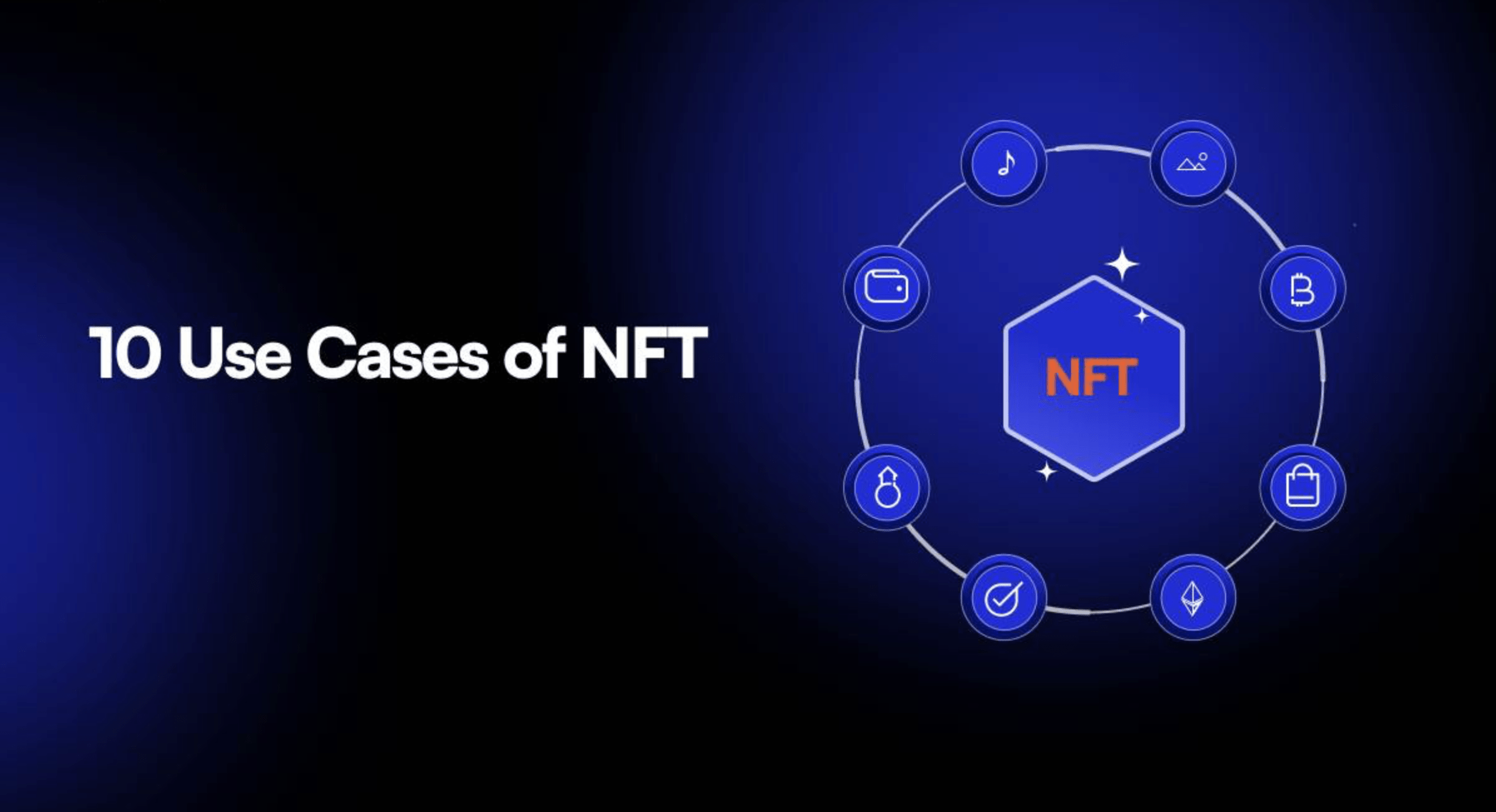
- Digital Real Estate: In virtual worlds like Decentraland, utility NFTs represent ownership of digital land. Holders can develop, rent, or sell these properties, contributing to a vibrant virtual economy.
- Charity Initiatives: Utility NFTs can be used to raise funds for charitable causes. Purchasing a charity NFT may grant holders access to exclusive content or events while supporting a good cause.
- Collaborative Creations: Artists can collaborate on projects where NFTs represent contributions to a collective piece of art or music, allowing holders to participate in the creation process and share in the final product.
- Physical Item Claims: Some utility NFTs can be linked to physical items, allowing holders to claim real-world products. For example, owning a specific NFT might entitle the holder to receive a signed print or merchandise.
What are the Best NFT Utilities?
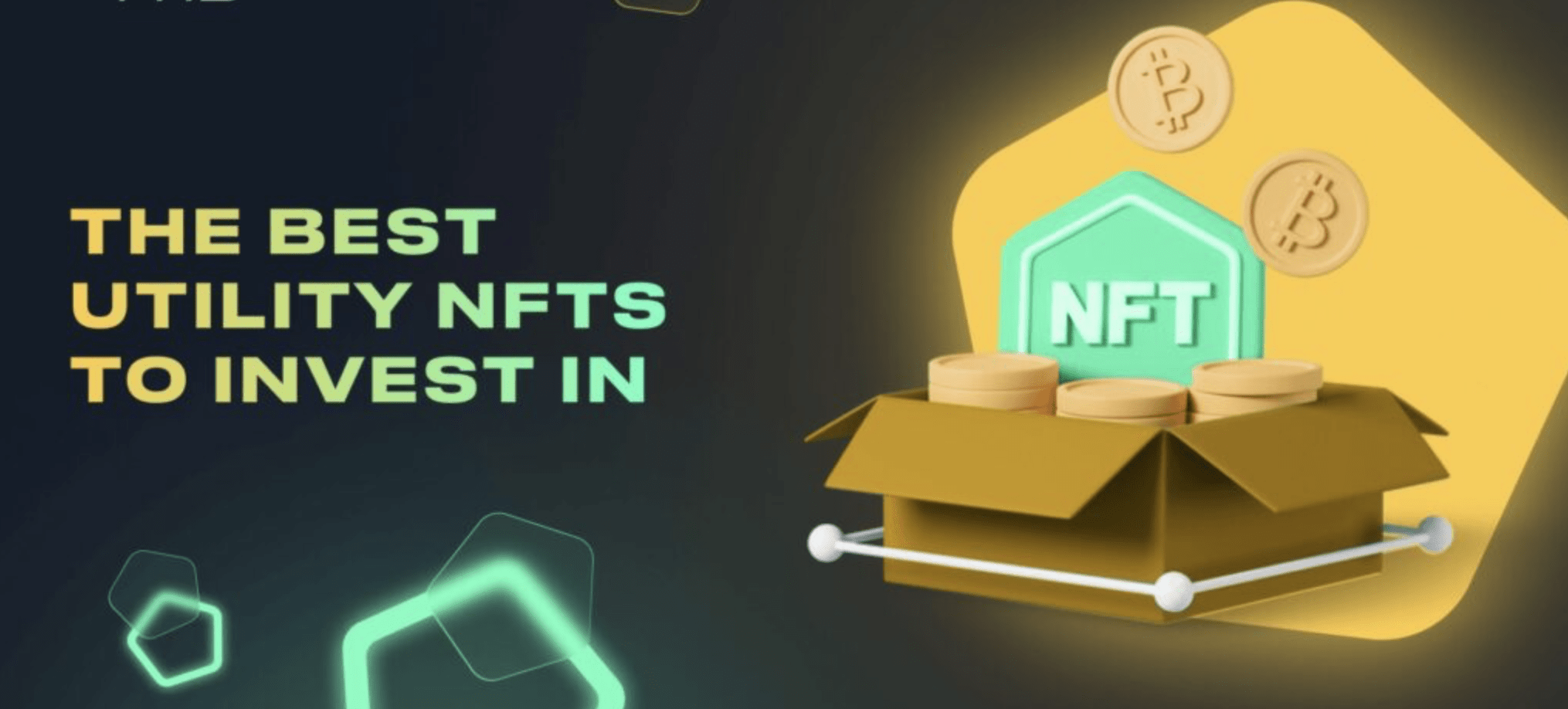
Identifying the best NFT utilities involves assessing the value they provide to users, the level of engagement they foster, and their potential for community building. Here are some of the most compelling utilities currently shaping the NFT landscape:
- Exclusive Access: NFTs that offer unique experiences, such as VIP access to events or early releases of content, tend to be highly valued. This exclusivity creates a strong incentive for users to engage with the project.
- Community Building: Utilities that encourage participation in community governance or collaborative projects enhance user investment and foster a sense of belonging. This can lead to stronger communities and long-term engagement.
- Interoperability: Utilities that allow NFTs to be used across multiple platforms and ecosystems increase their value. For instance, an NFT that provides access to various games or applications offers greater utility to the holder.
- Tangible Rewards: NFTs that link to real-world benefits, such as discounts, merchandise, or experiences, attract users by bridging the gap between digital and physical spaces.
- Gamified Experiences: Utility NFTs that incorporate gaming mechanics—such as rewards for participation or challenges—can enhance user engagement and create a more dynamic interaction with the ecosystem.
5 Popular NFT Utility Projects
Several projects stand out for their innovative use of utility NFTs, showcasing the potential of this technology to reshape industries and engage communities. Here are five notable examples:
Bored Ape Yacht Club (BAYC): BAYC is one of the most recognizable NFT collections, offering holders exclusive membership to a community with numerous perks. Members gain access to special events, parties, and collaborations, fostering a vibrant community around the project. The project has successfully created a sense of exclusivity and belonging, enhancing the perceived value of the NFTs.
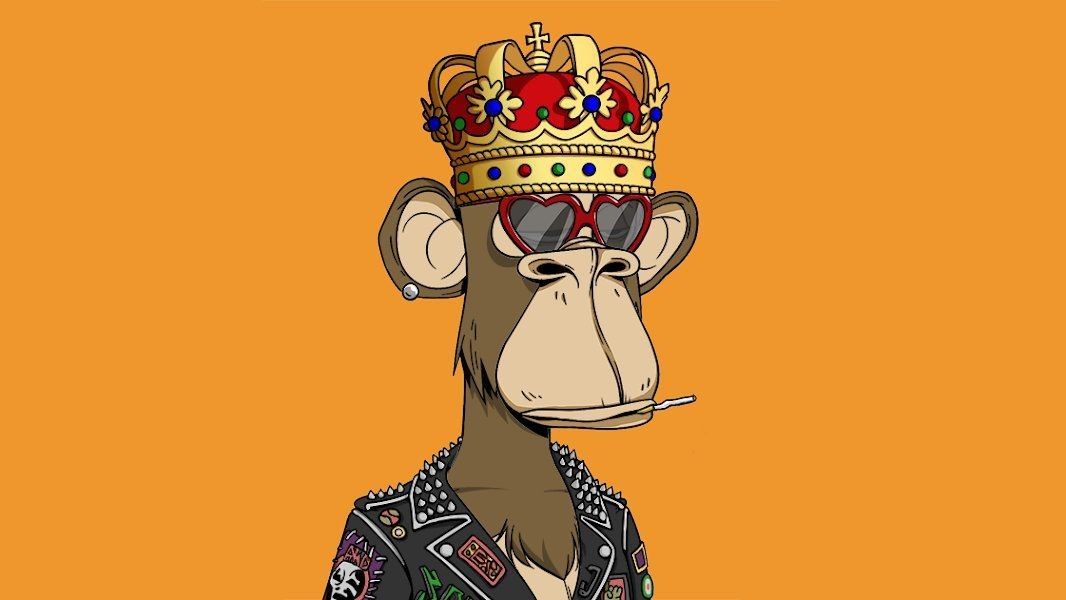
Decentraland: As a leading virtual reality platform, Decentraland allows users to buy, develop, and monetize virtual land represented by utility NFTs. Users can build homes, host events, and create experiences, making Decentraland a dynamic ecosystem where digital real estate is highly sought after. The platform exemplifies the potential of utility NFTs to merge digital ownership with real-world applications.
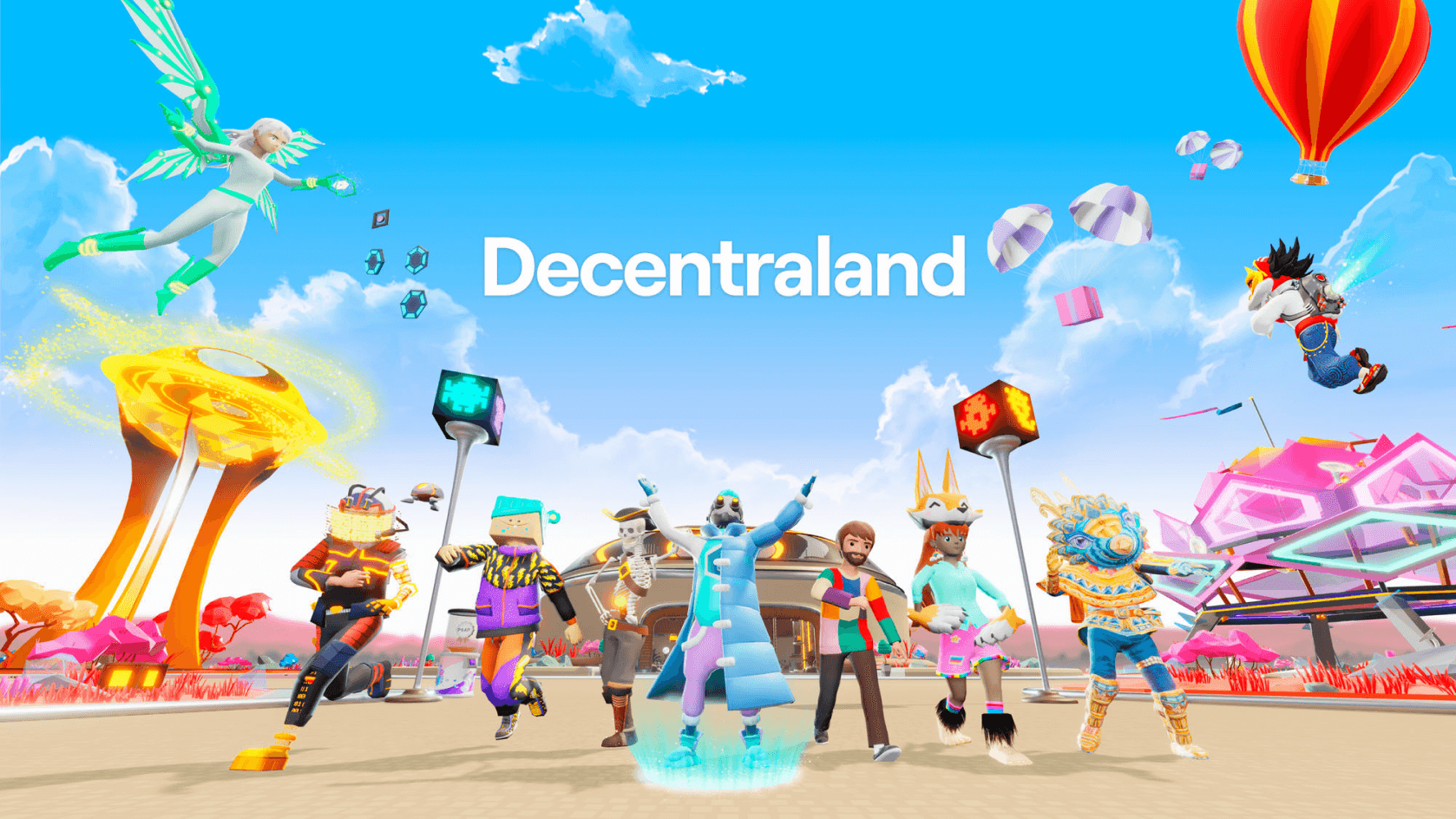
ZED RUN: This digital horse racing game allows players to own, breed, and race NFT horses. Each horse is a unique NFT with distinct attributes and capabilities, enabling players to compete in races and tournaments. The game combines strategy, ownership, and competition, creating a lively community of players and collectors.
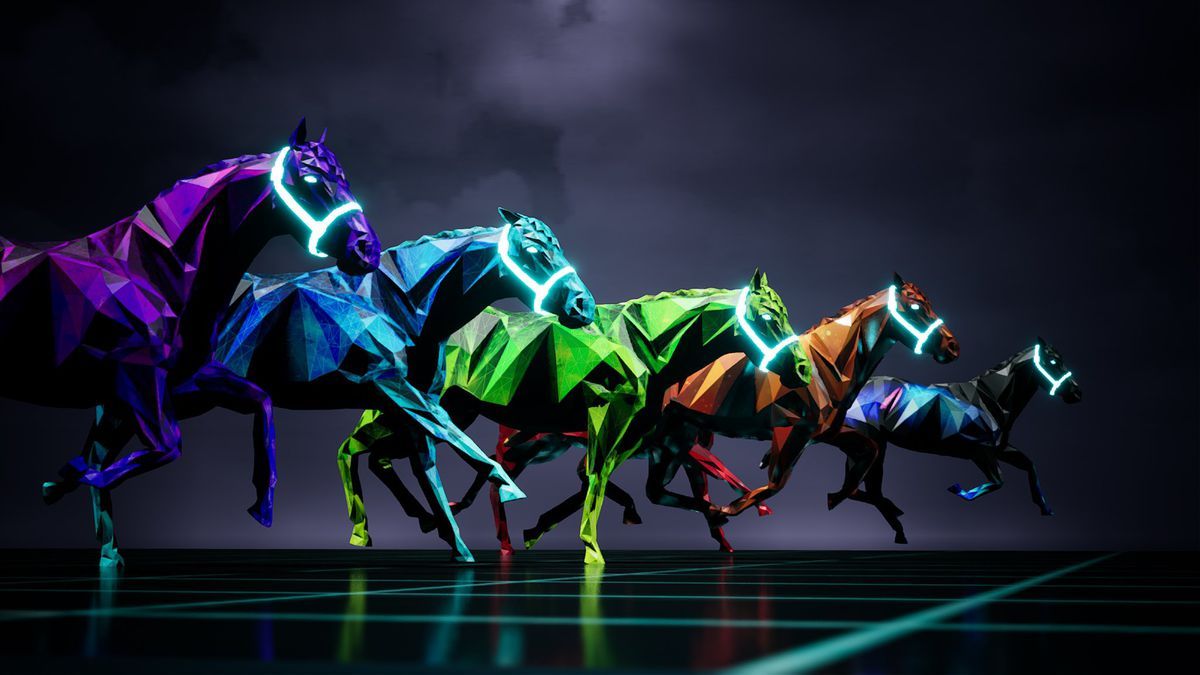
World of Women (WoW): WoW is an NFT collection that highlights female artists and offers a range of community initiatives and exclusive events for holders. The project emphasizes social impact and inclusivity, attracting a diverse audience and promoting awareness of women’s issues in the digital space.
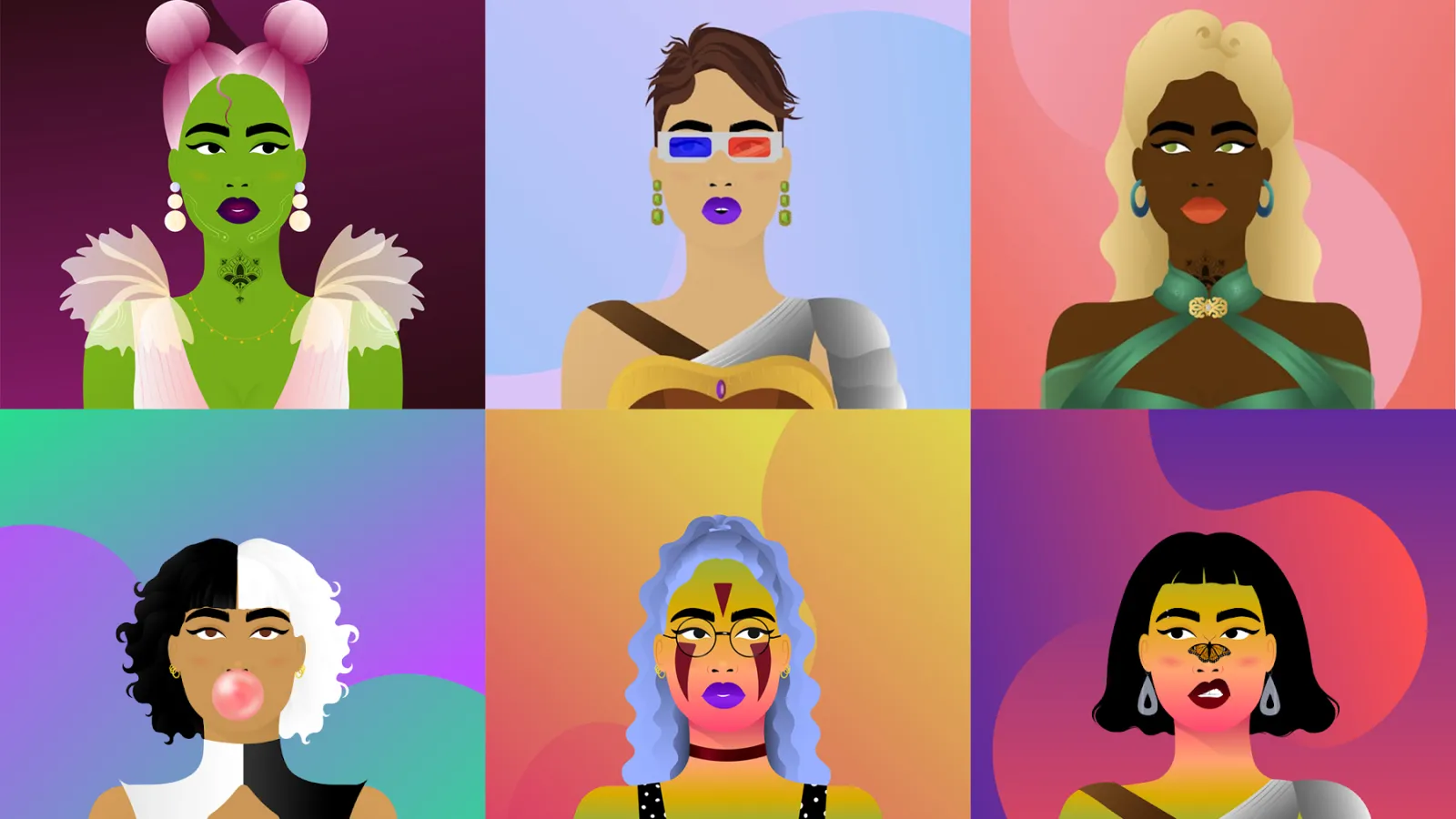
Rumble Kong League: In this unique project, NFT holders own digital Kongs that can compete in a virtual basketball league. The NFTs represent both collectibles and functional gaming assets, allowing players to participate in games and tournaments. The project combines elements of sports, gaming, and community, showcasing the versatility of utility NFTs.
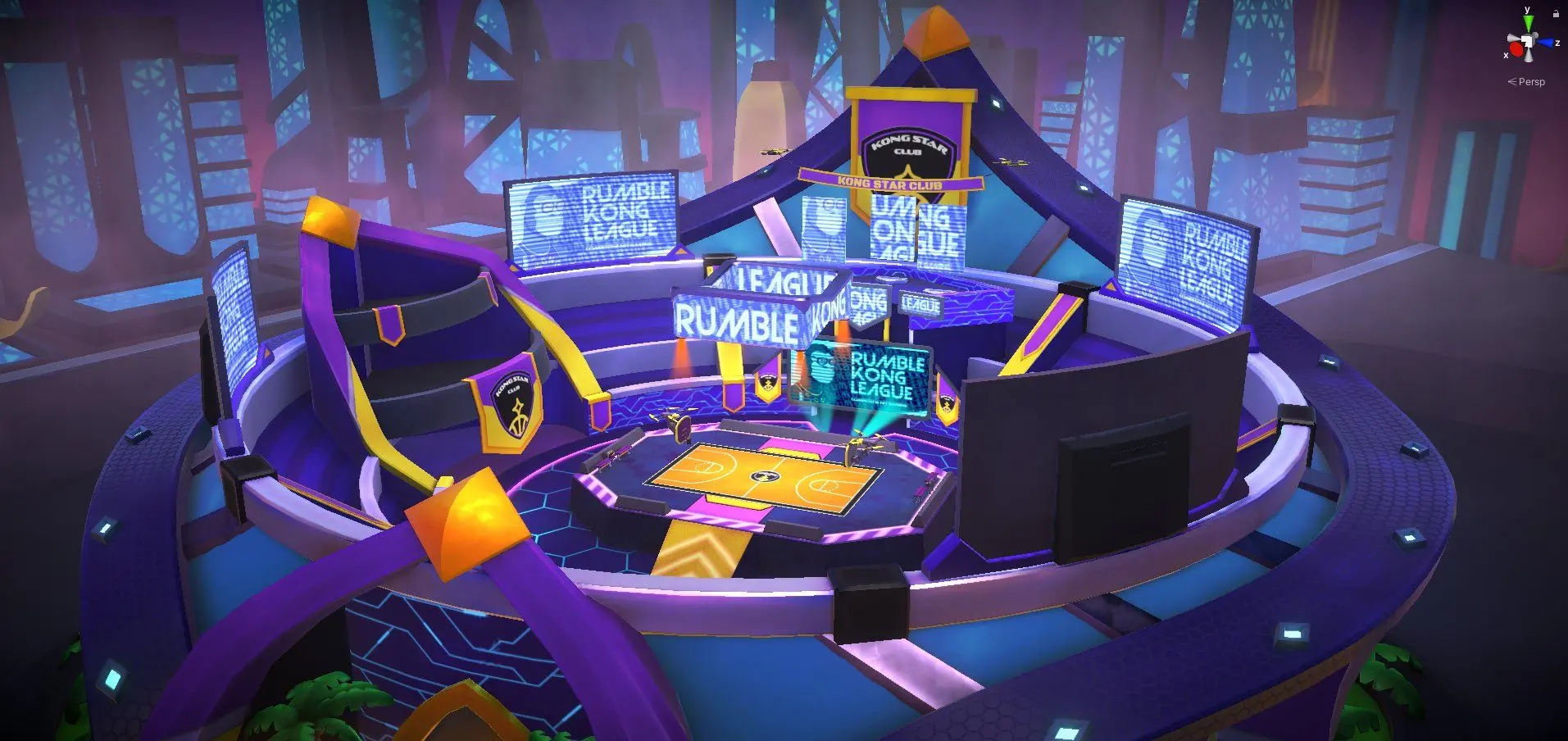
Conclusion
Utility NFTs represent a significant evolution in the NFT landscape, bridging the gap between digital ownership and tangible benefits. By offering holders specific functionalities and advantages, utility NFTs enhance user engagement, foster community participation, and create lasting value within ecosystems.
As we explore the expanding applications of utility NFTs, it is clear that they hold the potential to reshape industries, redefine ownership, and enhance the way we interact with digital assets. The future of utility NFTs is bright, and those who embrace this new era will be at the forefront of a digital revolution that prioritizes community, innovation, and real-world impact.
In a rapidly evolving digital landscape, understanding the mechanisms and benefits of utility NFTs is crucial for anyone looking to engage with this exciting frontier. As technology advances and more projects emerge, the possibilities for utility NFTs are limitless, paving the way for a more interconnected and dynamic digital economy.
Read more: ROLE OF NFT AUTHENTICATION IN PREVENTING COUNTERFEIT DIGITAL ASSETS

